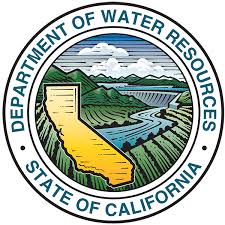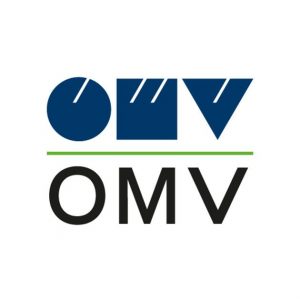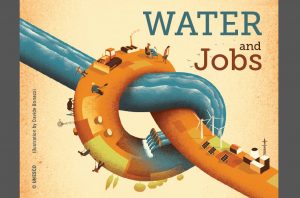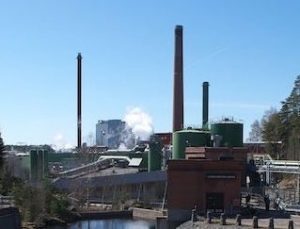Primary Functions
- Utilize this resource to explore good practices for reducing water use in steam boiler systems via operational efficiency and proper maintenance.
Detailed Description
Steam boilers are used in large building heating systems for cooking, operating steam turbines, or industrial heating operations. There are two main boiler configurations:
- Fire-tube boiler
- Water-tube boiler
To understand how to maximize water efficiency for a steam boiler, it is first necessary to understand how water is used in a typical boiler operation. Eight separate water uses and losses are typically associated with a steam boiler. These include:
- Makeup water to deaerator – Freshwater makeup to boilers is heated in a “deaerator” to remove air that can cause corrosion prior to feeding into boiler.
- Condensate return to deaerator or boiler – Condensed steam that is returned to the boiler.
- Condensate loss – Condensed steam that is not returned to the boiler.
- Steam loss – Steam that is lost through leaks and other avoidable losses.
- Boiler water blowdown – Water from just below the top of the water level in the boiler that is discharged to control the buildup of dissolved minerals in the boiler.
- Flash-tank cooling water (tempering water) – When the boiler water is discharged, it must be cooled to under 140 F before it can be sent to a sanitary sewer. Once-through cooling is often used for this purpose.
- Sampler cooling water – The boiler blowdown must be cooled so it will not damage the conductivity controller probes. Single-pass cooling is often used for this.
- Mud blowdown – Sediments that collect at the bottom of the boiler need to be periodically purged by opening a valve at the bottom of the boiler. The frequency of this operation depends on the rate at which these sediments collect.
To improve water efficiency of boiler and steam systems, consider the following:
- Choose a water treatment vendor
- Read water chemistry reports
- Maintain boilers, steam lines, and steam traps
- Improve makeup water quality






Reviews
There are no reviews yet.